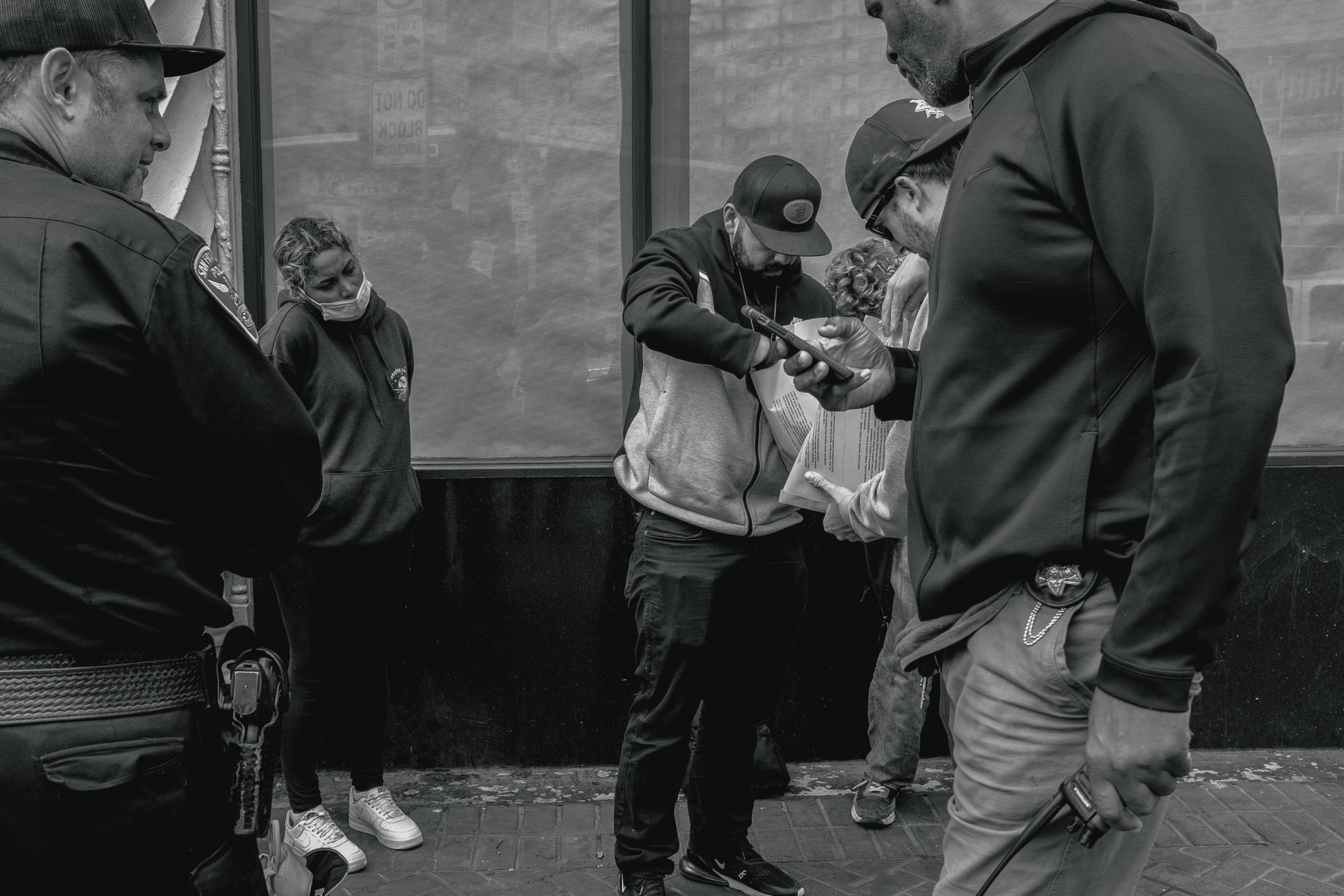Sometimes, you have to wonder if politicians paid any attention in math class.
That’s the feeling I get when I see Sacramento lawmakers suggest that a policy reform that will save billions of dollars, while improving public safety, is too costly for California. Have these people ever calculated a return on investment?
Proposition 36 on our November ballot seeks to reduce homelessness, retail theft, and drug overdose deaths by bringing back court-ordered mandatory treatment (opens in new tab) — a policy intervention that can save up to $7 for every dollar spent (opens in new tab).
Since the 2014 passage of Proposition 47, the number of homeless residents of California has increased by 62,000 (opens in new tab) — more than 53% — even though homelessness is falling in most other states (opens in new tab).
It now costs at least $50,000 (opens in new tab) per year just to “manage” the costs of each person living on our streets. That adds up to $3.1 billion annually. In California we also pay a “theft tax” of nearly $8 billion (opens in new tab) per year, roughly $200 for each resident, because of the soaring cost of retail theft.
The Sacramento politicians (opens in new tab) who oppose Proposition 36 have decided it costs too much to get people into treatment and lower this theft tax by creating simple consequences for repeated criminal behavior.
That means they can’t calculate a simple ROI.
I came into local politics from business, having helped build one of the largest applications on Facebook and co-founding a civic tech startup. Calculating expected ROI was one of the most important drivers of every decision we made.
I’ve brought that same mindset to my role as mayor of San Jose. One of the first things I did was change our approach to homelessness — moving funds away from an approach that costs $1 million per unit and takes five years to build to one that’s one-tenth the cost and takes one-fifth the time: tiny home communities (opens in new tab). Once someone is brought indoors, it costs us $30,000 per year to keep them there and get them on a better path. To leave people to suffer and die on the streets in my city, on the other hand, costs $65,000 per person per year (opens in new tab).
The California legislative analyst’s office concludes that implementing Prop. 36 will cost “several tens of millions to the low hundreds of millions.” If you assume the initial investment in these reforms is $100 million, that would be one-third of one percent of the state’s annual budget.
That’s what you invest. The return on that investment comes from a drop in retail theft, a decrease in fatal drug overdoses, and a reduction in the homeless population.
Let’s do the math. Proposition 36 would need to reduce retail thefts by only 1.2% to pay for itself in Year One. The measure would restore deterrence by imposing consequences for those who repeatedly engage in the kind of petty thefts that were essentially decriminalized a decade ago with the passage of Prop. 47. And, importantly, it would give judges latitude to address the underlying conditions that can push addicts into such activity by mandating treatment for certain offenders.
Next, let’s look at homelessness.
California’s homeless population disproportionately struggles (opens in new tab)with substance abuse, which can lead vulnerable people into a destructive cycle of either perpetrating or becoming a victim (opens in new tab) of crime. Prop. 36 can help break the cycle by deterring crime and compelling more people who need help to enter treatment.
Indeed, just a 5% reduction in our state’s chronically homeless (opens in new tab) population — nearly 50,000 Californians who have been homeless at least a year and are struggling with substance abuse, mental illness, or another disabling condition — would save $122 million per year that local governments are already spending on emergency response, sanitation, and other Band-Aid fixes for sprawling encampments.
If Sacramento politicians were running the numbers, they would see that even under the most cautious estimates, Proposition 36 would deliver a safer and less expensive state with reforms that do more than pay for themselves — they generate substantial savings.
The savings are even higher and more compelling when you calculate the moral imperative to save lives. More than 12,000 (opens in new tab) of our fellow Californians died last year of drug overdoses. A decade ago, the toll was just over 4,000. Drug overdoses are now the leading cause of death (opens in new tab) for Californians under age 45. By mandating treatment, Prop. 36 won’t save just billions of dollars, but lives.People doing actual math, not “Sacramento math,” will almost certainly conclude that Prop. 36 will pay for itself. And clearly voters are better at math than many politicians, since every poll shows Prop. 36 with a commanding lead (opens in new tab) — despite the opposition in Sacramento.
Matt Mahan is the mayor of San Jose.
